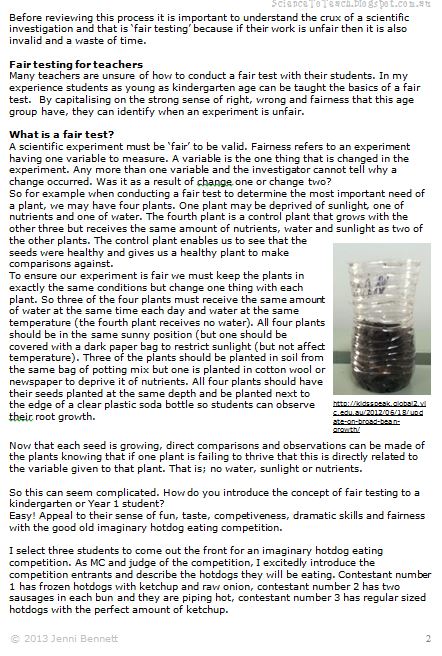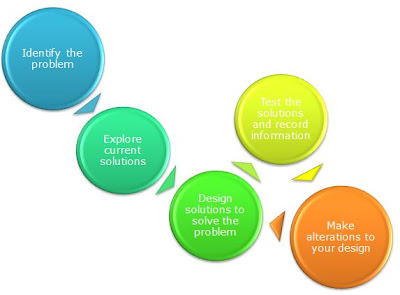I recall teaching this unit with my Stage 2 students a few years ago and actually incorporated it with the work of Rube Goldberg. We (my students and I) thought his work was really fun and interesting and it certainly sparked a light of imagination in the eyes of my students.
Many of us would have seen adverts on television that used Rube Goldberg machines, which in a nutshell are machines that intentionally take a large number of steps to complete a simple task, such as turning off a lightbulb in 20 steps. Simple machines are connected to one another to complete the task. It's fun to watch, but as my students discovered, it is painstaking to create a rube goldberg machine and have it work repeatedly.
As you can see from these Rube Goldberg machines made by university students.There is no reason though why younger children can't make them and in fact the youngest students I had doing it were in year 3. When looking at these machines in actions though it is clear they are made up of a range of simple machines working together.These videos are a great precursor or final display at the end of the simple and compound machines unit I have just finished.The unit is suitable for students in years 3-5, but in the Australian version, it is aligned with the year 4 science curriculum elaborations.This is one of the biggest unit's I have written and I am so proud of how comprehensive it is.
It includes:
- A teacher’s guide with thorough explanations of concepts included,
- Assessment for each of the activities included,
- Comprehensive extension work for three of the activities to extend students laterally,
- Full activity descriptions,
- 6 x Bright and fun simple machines posters
- Assessment worksheets
- Extension worksheets
- Investigating scientifically and design and make student reference guide
- Testing simple machines worksheets for practical activities,
- Extensions worksheets
- Simple machine activity stations cards to laminate
- Design and make planning pages
- Simple and compound machines PowerPoint presentation.
If all elements of this unit are taught it could take a year 4 class approximately 8 weeks. Otherwise it can be broken down and used as smaller resources.
Students will love undertaking the acitivities and I can't wait to teach it to my students in the future.
It's available now in USA and Australian versions in my TpT store and on Teacher's Marketplace.
Please let me know what you think of it.

.jpg)
.jpg)












